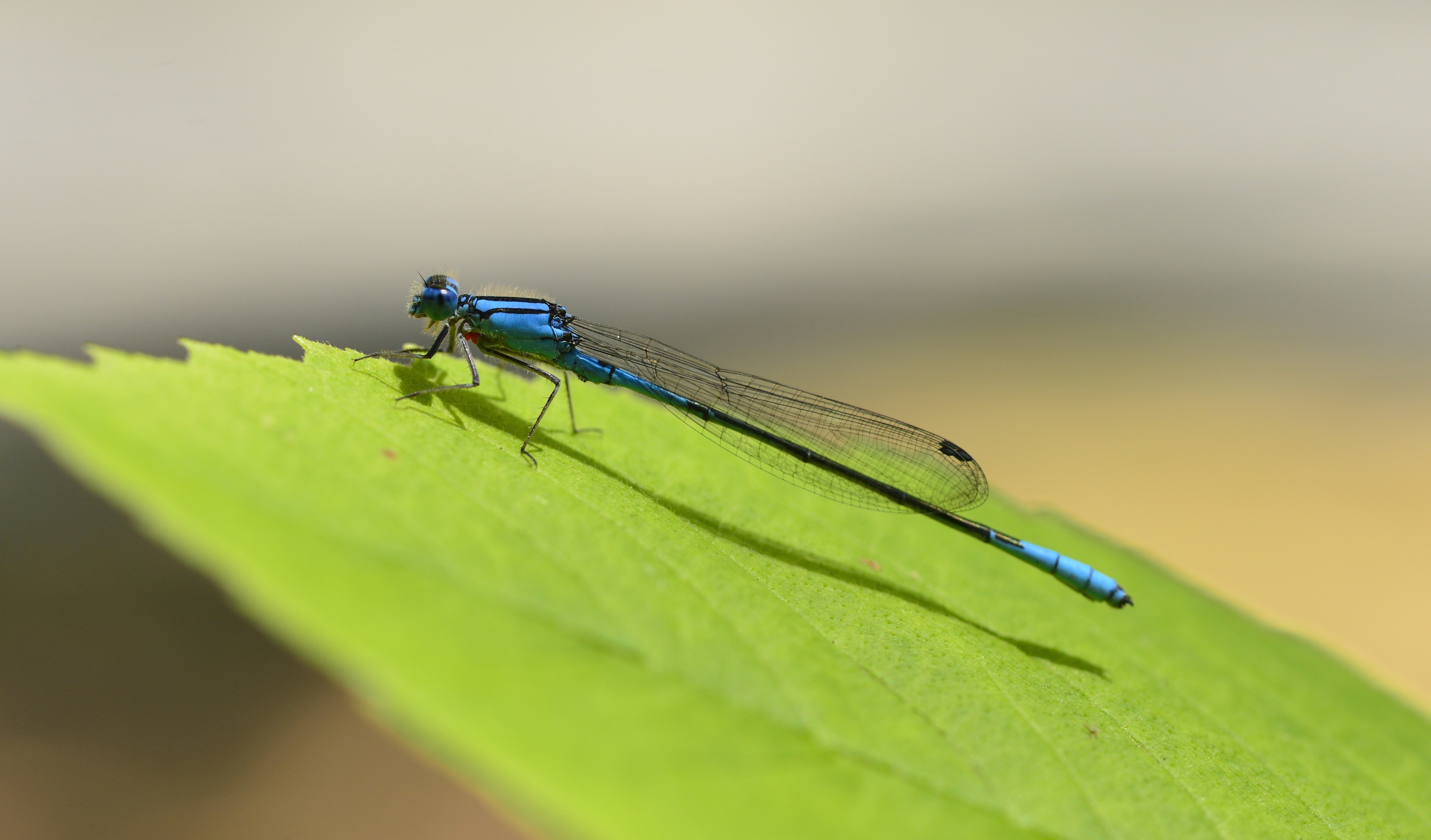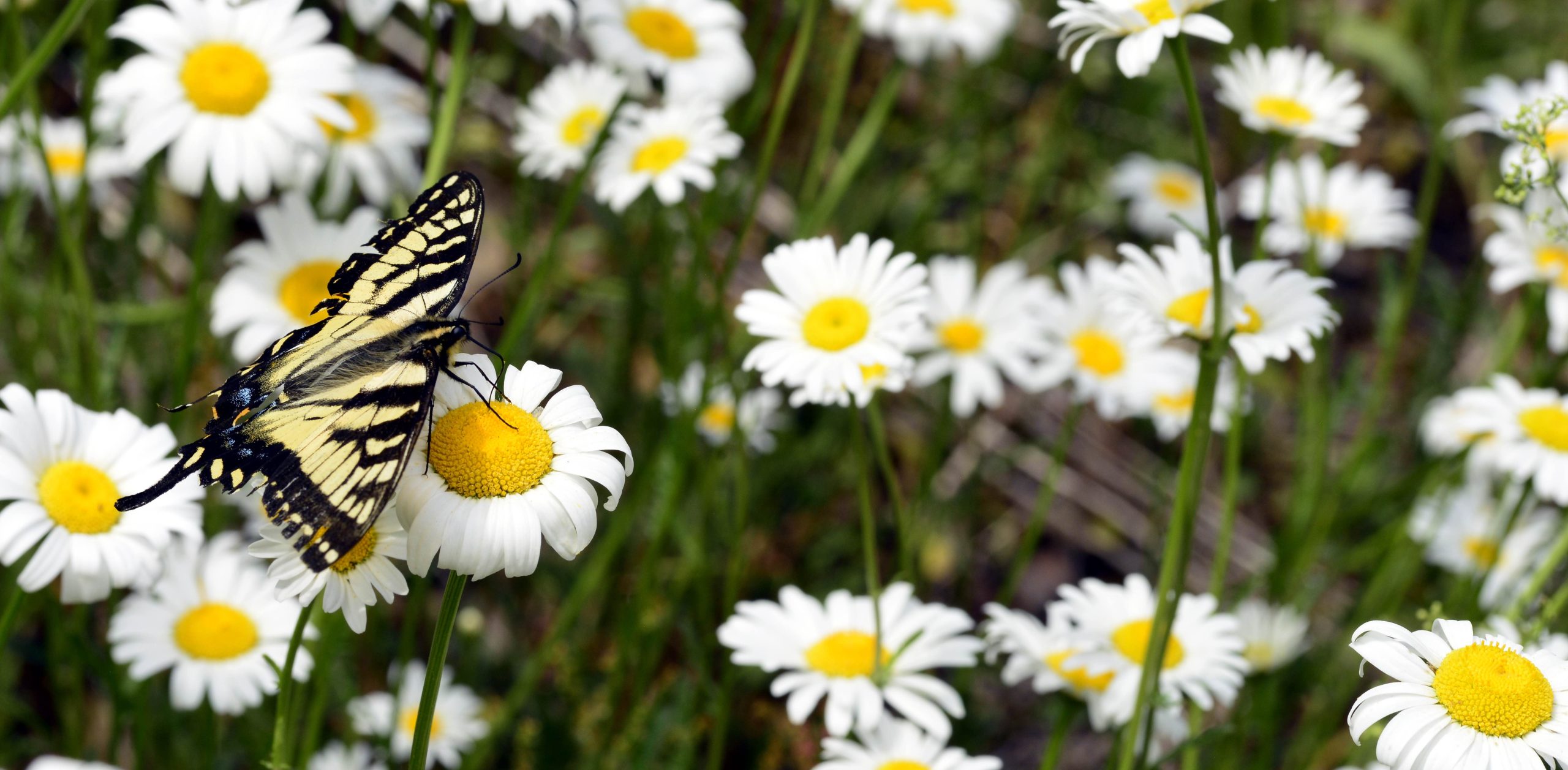Monarch – IUCN Conservation Status: Least Concern The lifecycle of the monarch butterfly is complex The first thing that I noticed when I saw this beautiful monarch chrysalis were the rings of gold spots lining its exterior. I thought to myself, how in the world was this color created by an insect?! It actually comes […]
Carolina Mantis
Carolina Mantis – IUCN Conservation Status: Insufficient Data There are more than 2,400 species across 460 genera and 33 families in the Mantodea order This photo was taken while walking about my backyard. I had just picked a few blackberries, and I was looking to see if I needed to prune the apple tree. That’s […]
Blue-fronted Dancer
Blue-fronted Dancer – IUCN Conservation Status: Least Concern Blue-fronted dancers are a type of damselfly This wild winged creature is called a blue-fronted dancer. It is called a “dancer” because of how it flies. Notice the thin transparent wings. The blue-fronted dancer is a type of damselfly. Damselflies are smaller than dragonflies. The male blue-fronted dancers have a blue thorax […]
Praying Mantis
Praying Mantis – IUCN Conservation Status: Varies Mantids will not develop wings until their final molt These alien looking insects are masters of camouflage and ambush predation. They are often not seen because of this stealth lifestyle. These cryptic creatures have triangle shaped heads. They have large complex eyes that take up most of their heads. Praying mantis have […]
Eastern Tiger Swallowtail
Eastern Tiger Swallowtail – IUCN Conservation Status: Insufficient Data The eastern tiger swallowtail has a unique wing extension on its hindwings This pretty pollinator is called an eastern tiger swallowtail. It is a common butterfly found throughout the Eastern United States, from spring through fall. Their range is as far south as Florida to as far north […]
Leaf-Footed Bug
IUCN Conservation Status: Insufficient Data The leaf-footed bug has five nymph instar stages This photo of a leaf-footed bug was taken while Jill and I were out for a hike in Shades State Park in Waveland, Indiana. Shades offers one of the most unique hikes in Indiana. We had started the hike on trail number […]
Definite Tussock Moth
IUCN Conservation Status: Insufficient Data Alpheus Spring Packard identified 500 new animal species I took this photo while out for a hike with Matt in New Hampshire. The day before we had been diving in Maine, and we had spent the night camping. Surprisingly, this was the only photo that I took that day, and […]
Gypsy Moth Caterpillar
IUCN Conservation Status: Data Deficient It’s not until you get close to them that you realize their beautiful coloration and texture. This wild looking creature is called a gypsy moth caterpillar. Along the length of its body there are five sets of blue dots, and six sets of red dots. Along the side are orange dots. The yellow […]
Goldenrod Soldier Beetle
Goldenrod Soldier Beetle – Observations There were thousands of bees, wasps, beetles, butterflies, and other insects moving about around us. This orange and black beetle is a goldenrod soldier beetle. I took this photo while on a short hike at Eagle Creek Park with Matt. We were hiking in a big open field that is […]
Eastern Carpenter Bee
Eagle Creek Park They are known to have solitary nests, but they usually nest in social groups. I took this photo of an eastern carpenter bee on the same day that I took the photo of a goldenrod soldier beetle. Matt had been in Indianapolis visiting, and we went to Eagle Creek Park to take […]









